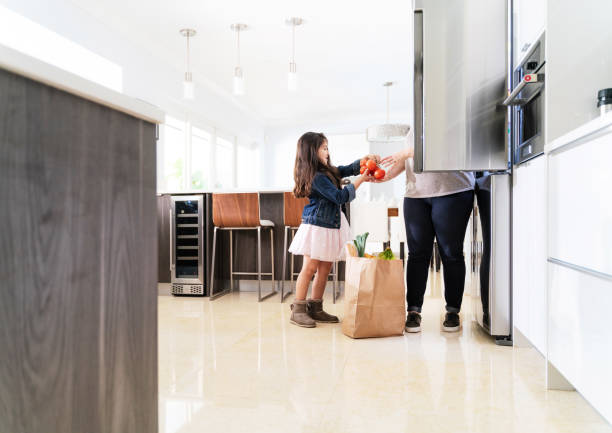
Refrigerators are indispensable appliances in modern households, tasked with preserving food freshness and extending its shelf life. However, some refrigerators are prone to dripping, which can lead to various drawbacks and inconveniences. From water puddles on the kitchen floor to potential damage to stored food items, dripping refrigerators pose challenges for homeowners. In this article, we’ll explore the disadvantages of refrigerators with dripping and discuss strategies to avoid these problems, ensuring a hassle-free experience and optimal performance of your appliance.